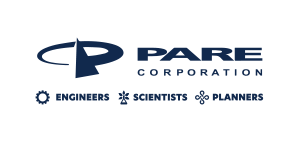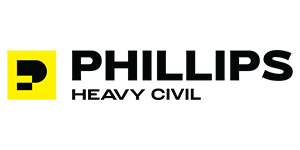2025 Dam Safety Award Recipients
ON THIS PAGE:
- National Rehabilitation Project of the Year
- National Award of Merit
- Regional Dam Safety Awards
- Terry L. Hampton Medal
- Young Professional of the Year
- Media Outreach Award
- Joseph J. Ellam Presidents Award
- Student Recognitions
Looking for a previous year's recipient? View the full history of ASDSO awards.
Photos of recipients were taken during the Annual Awards Luncheon in Cleveland, Ohio on September 22, 2025.
National Rehabilitation Project of the Year
This award recognizes developers of a unique remedial design that advances the state-of-the-art in the field of dam safety and exemplifies the high professional engineering standards that dam safety requires. The National Rehabilitation Project of the Year award is organized by the Annual Award Committee, and the Board of Directors approves the recipient.
Sevier Bridge Dam Rehabilitation Project, Phase II
Near Scipio, Juab County, Utah
- Owners: Consolidated Sevier Bridge Reservoir Company (CSBR)
- Designers: Gerhart Cole and Bowen Collins & Associates
- Contractor: Ames Construction
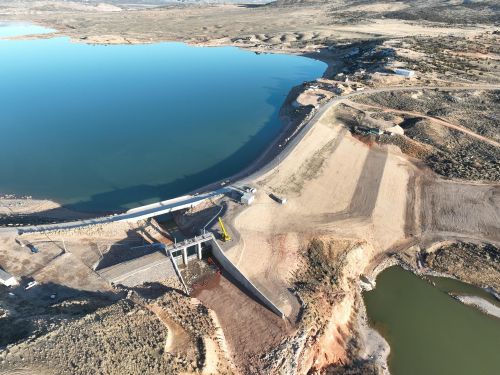
The Sevier Bridge Dam rehabilitation project, spanning multiple phases, aimed to enhance the safety and functionality of the 120-year-old, 92-foot-tall dam, vital for agriculture, power generation, and recreation in Utah. The project addressed critical concerns related to a Maximum Credible Earthquake (MCE) and Probable Maximum Flood (PMF) while prioritizing cost-effectiveness.
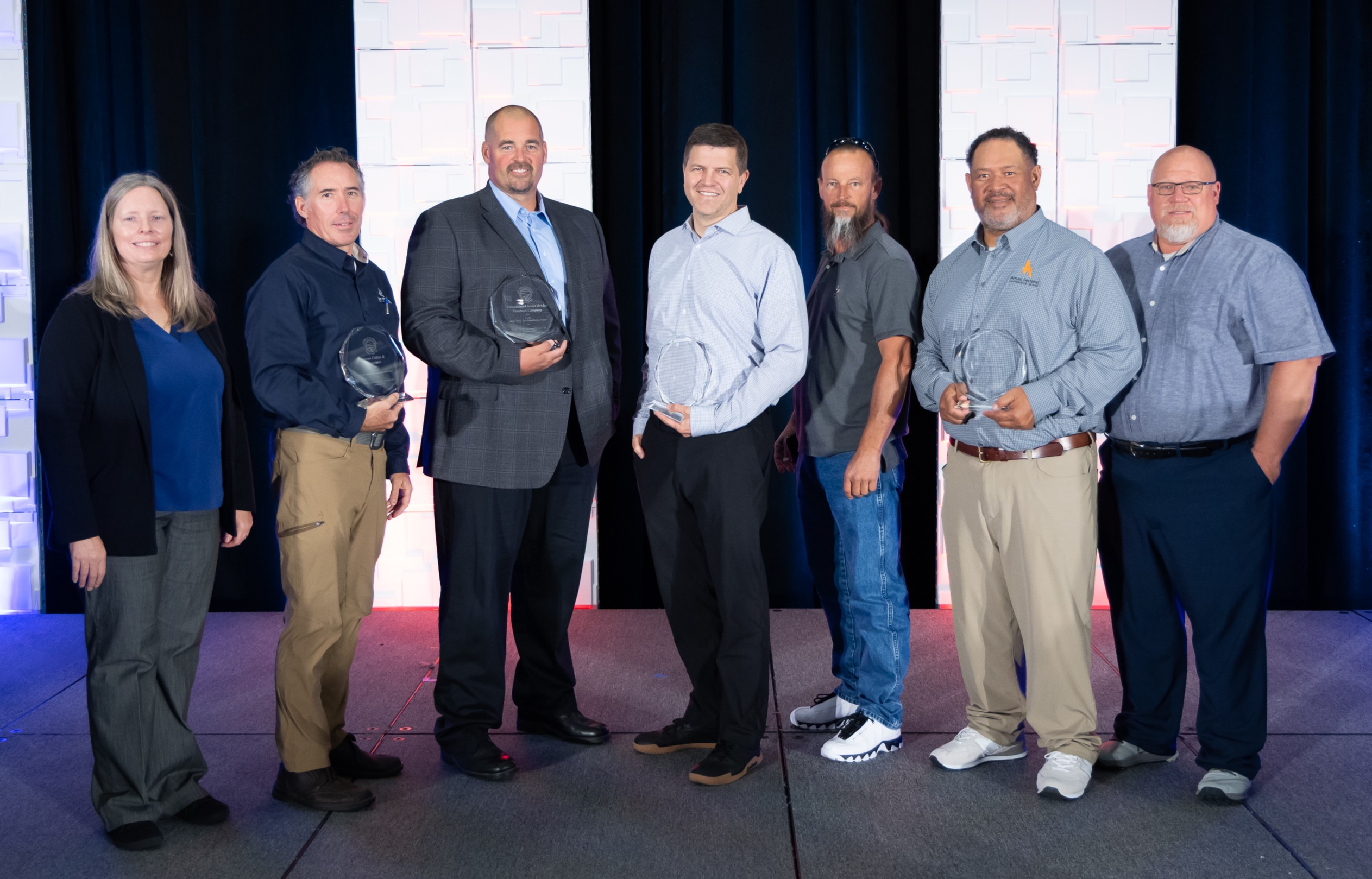 Phase 1 consisted of stabilization of upstream slope of dam by removal of basin sediments, flattening the slope and providing a substantial stability berm, and replacement of the low-level outlet gate infrastructure. Phase 2 consisted of stabilization of downstream slope of dam by installation of granular (stone) columns below downstream slope together with stability berm and a chimney filter installed between new and old embankment. Installation of a filter and transverse crack stopper near crest of dam was completed using a bio-polymer trenching technique. Reconstruction and reorientation of the spillway was completed with new a roller gate inlet to reduce flow constrictions, together with a slight crest raise and development of an auxiliary spillway, thereby passing PMF. Advanced geotechnical modeling was used to evaluate seismic deformations of the embankment before and after improvements. Advanced hydraulic modeling was used to identify an auxiliary spillway and to optimize the new primary spillway.
Phase 1 consisted of stabilization of upstream slope of dam by removal of basin sediments, flattening the slope and providing a substantial stability berm, and replacement of the low-level outlet gate infrastructure. Phase 2 consisted of stabilization of downstream slope of dam by installation of granular (stone) columns below downstream slope together with stability berm and a chimney filter installed between new and old embankment. Installation of a filter and transverse crack stopper near crest of dam was completed using a bio-polymer trenching technique. Reconstruction and reorientation of the spillway was completed with new a roller gate inlet to reduce flow constrictions, together with a slight crest raise and development of an auxiliary spillway, thereby passing PMF. Advanced geotechnical modeling was used to evaluate seismic deformations of the embankment before and after improvements. Advanced hydraulic modeling was used to identify an auxiliary spillway and to optimize the new primary spillway.
The rehabilitation of Sevier Bridge Dam is a great example of collaborative and creative efforts to address rehabilitation needs while reducing costs. The completion of construction in April of 2025 resulted in the rehabilitation of Sevier Bridge Dam and it is expected to safely and reliably benefit its diverse users for the foreseeable future.
First Photo: Sevier Bridge Dam
Second Photo: President Mia Kannik with representatives from Consolidated Sevier Bridge Reservoir Company, Gerhart Cole, Bowen Collins & Associates, Ames Construction, and the Utah Division of Water Rights.
National Award of Merit
Chosen by the ASDSO Board of Directors, this award honors an individual or entity contributing to dam safety on a national level.
Michelle Yezierski, P.E. & The Cybersecurity and Infrastructure Security Agency, Dams Sector Management Team
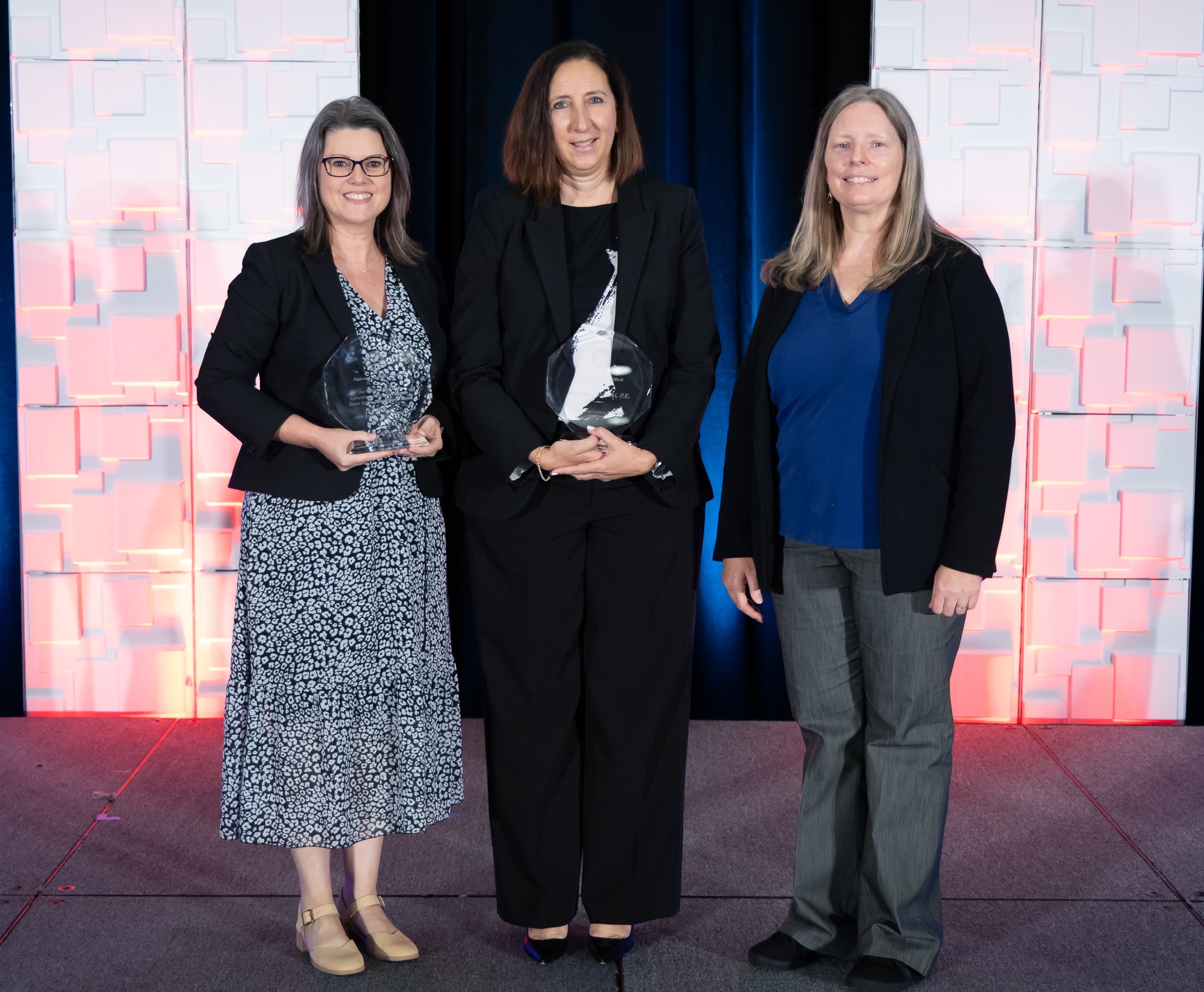 Michelle Yezierski is a civil engineer with over thirty years of experience in dam safety and security. She is currently the section chief for dams within the Cybersecurity and Infrastructure Security Agency (CISA). In this role, she is responsible for providing technical expertise and consultation, ensuring the effective ongoing execution of security programs, and fostering effective public-private partnerships.
Michelle Yezierski is a civil engineer with over thirty years of experience in dam safety and security. She is currently the section chief for dams within the Cybersecurity and Infrastructure Security Agency (CISA). In this role, she is responsible for providing technical expertise and consultation, ensuring the effective ongoing execution of security programs, and fostering effective public-private partnerships.
In addition to Ms. Yezierski, the Dams Sector Management Team includes two program analysts, Kate Schwartzer and Craig Freer. Together, the team leads the development and implementation of sector programs, tools, and resources designed to strengthen the security and resilience posture of the nation’s dams, navigation locks, and levees.
Recent accomplishments include:
- Conducted a Dams Sector Security Forum in Region 1: The one-day forum provided information about the basics of security and resilience in the sector and highlighted resources available from across CISA.
- Delivered the Dams Sector Webinar Series in February 2025: The webinar series included three webinars: Introduction to Security and Protection of Dams and Levees, Introduction to the Consequence-based Top Screen (CTS) Methodology and Application Tool, and Dams Sector Cybersecurity Capability Maturity Model (C2M2) Implementation.
- Conducted the Security and Protection of Dams and Levees Workshop in May 2025: The workshop curriculum detailed the fundamental aspects of security and protection for dams, levees, and related facilities.
- Updated two of three Dams Sector Independent Study Course web-based trainings: The updated courses were Dams Sector: Crisis Management (IS-870a) and Dams Sector: Security Awareness (IS-871a) (FOUO). These trainings enable sector partners to learn at their own pace by providing additional knowledge about assessing risks to facilities, security vulnerabilities, selecting and implementing protective programs, and improving incident response capabilities within an all-hazards strategy.
- Updated the Dams Sector Personnel Screening Guide: Assists non-federal owners and operators of dams, locks, and levees in developing and implementing personnel screening protocols appropriate for their facilities.
- Updated the Dams Sector Waterside Barriers Guide: Assists dam owners and operators in understanding the possible need for waterside barriers as part of their overall security plan.
- Released the Innovation Roadmap: The Roadmap to Innovation in the Dams Sector outlines Research and Development (R&D) Focus Areas for the next 3-5 years to enhance the security and resilience of the sector and ensure that dams and related infrastructure can withstand both current and emerging risks. The roadmap identifies new innovative technologies and recommends leveraging and enhancing existing ones to improve the overall resilience of the nation’s dams and related infrastructure.
Photo (From Left): Kate Schwartzer, Michelle Yezierski, and President Mia Kannik
Regional Dam Safety Awards
Regional Dam Safety Awards recognize smaller projects, dam owners, and other entities that have made an impact at a local, county, state, or regional level. While efforts may not be state-of-the-art or impact the industry nationally, recipients have made exemplary community contributions. The awards recognize collaboration, community impact, innovative funding, and cost-effectiveness. They also recognize social and environmental responsibility.
The Annual Awards Committee oversees the criteria for the Regional Dam Safety Awards. ASDSO Regional Representatives review submissions and select a recipient.
Northeast
Burton Pond Dam Project
Rehoboth Beach, Delaware
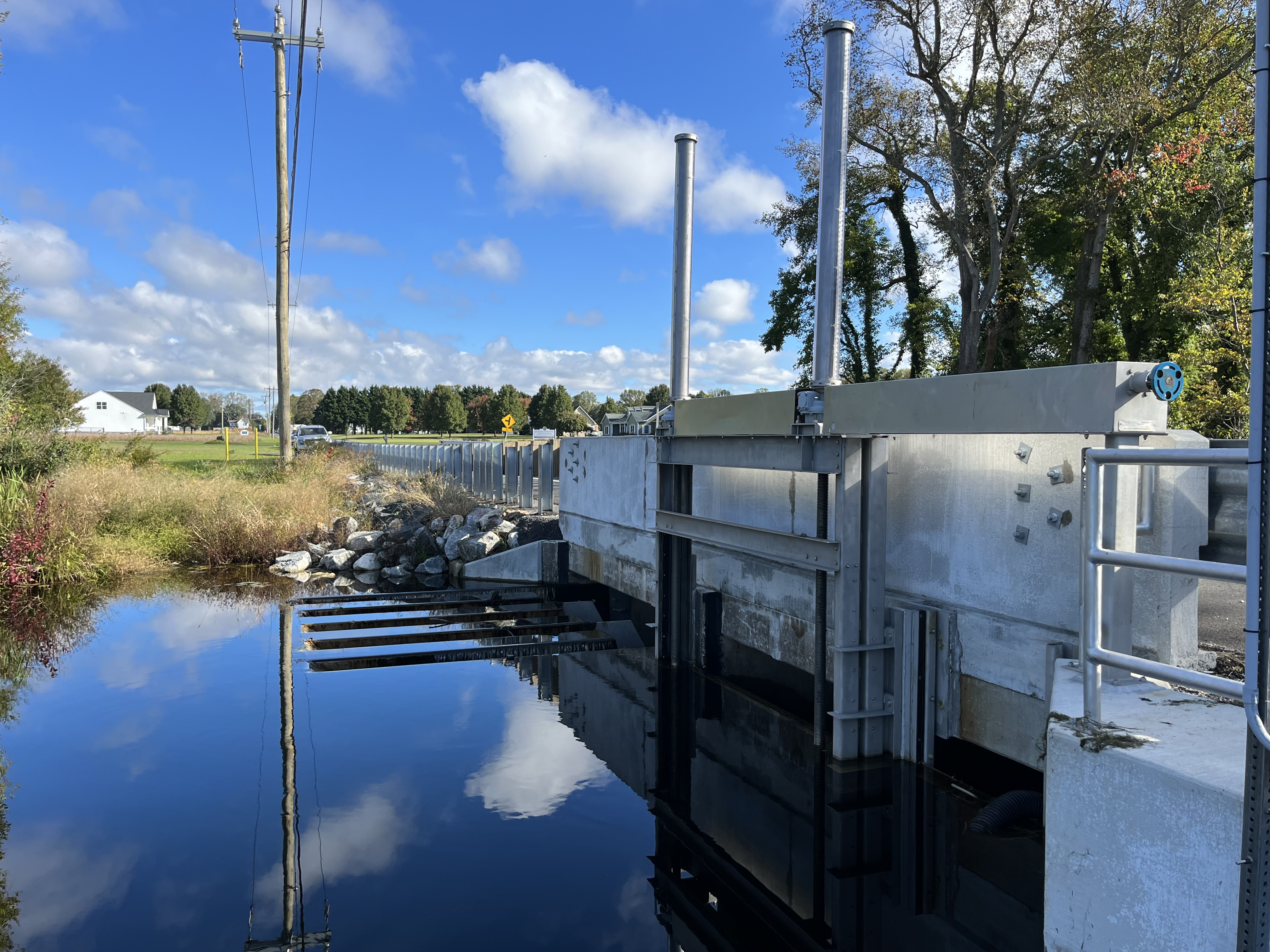
The dam’s spillway was determined to be unsafe, ineffective and out of compliance with state regulations. It was unable to pass the design flood without active operation of the deteriorating wooden stoplog gates mounted to the bridge. Without gate operation, the dam was estimated to overtop from the 10-year frequency storm. Schnabel Engineering was hired for the spillway’s rehabilitation, and quickly the following site-specific challenges were identified:
- Potential designs to meet the hydraulic requirements were severely restricted by the low-head environment present at Burton Pond Dam.
- There was a 138 kV transmission line 6 ft upstream of the culvert face and approximately 10 ft below the invert slab of the structure and a 20 in diameter PVC regional force main sewer line ran parallel to the dam through the reservoir at an unknown depth. Neither line could be decommissioned or relocated, temporarily or permanently, which eliminated the use of piles or sheeting in the design. Any proposed structure or element that required picking, lifting and placing would be limited in size.
- Due to the importance of Route 24, it was often not possible to close one or both lanes of the road, especially during peak season or during the day. Additionally, no in-water work was permitted from March 1st to July 31st to minimize impacts to endangered and spawning fish species.
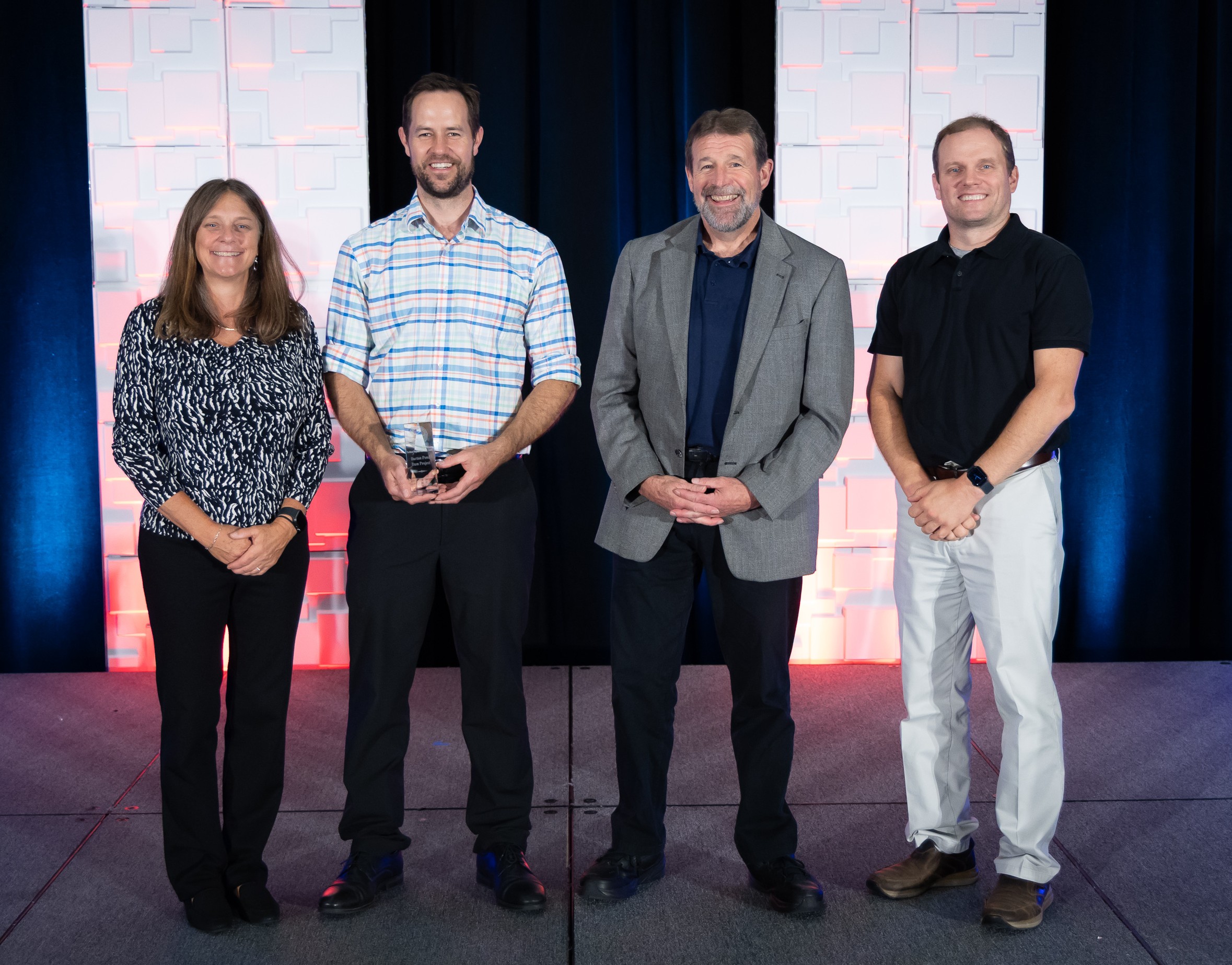 Schnabel Engineering realized that Burton Pond Dam would require a unique solution to satisfy all the requirements and constraints at the site. This led to a one-of-a-kind solution: a “miniature” stainless-steel piano key weir (PKW), dual-leaf gate, and fishway gate. The PKW, fabricated from stainless steel plate ranging from ½” to 1” thick, cantilevers over 9 ft out into the reservoir from the upstream culvert face, providing high-efficiency passive discharge in a small footprint. It was able to be installed quickly, without adversely affecting the existing structure, without foundational elements. The 8-ft wide split-leaf slide gate provides active discharge capacity for larger storms and doubles as the reservoir’s low-level outlet. It is more safely operated from a new concrete platform off the road. A set of removable plates allows for installation of a fishway or ladder in the future, and more minute regulation of reservoir levels.
Schnabel Engineering realized that Burton Pond Dam would require a unique solution to satisfy all the requirements and constraints at the site. This led to a one-of-a-kind solution: a “miniature” stainless-steel piano key weir (PKW), dual-leaf gate, and fishway gate. The PKW, fabricated from stainless steel plate ranging from ½” to 1” thick, cantilevers over 9 ft out into the reservoir from the upstream culvert face, providing high-efficiency passive discharge in a small footprint. It was able to be installed quickly, without adversely affecting the existing structure, without foundational elements. The 8-ft wide split-leaf slide gate provides active discharge capacity for larger storms and doubles as the reservoir’s low-level outlet. It is more safely operated from a new concrete platform off the road. A set of removable plates allows for installation of a fishway or ladder in the future, and more minute regulation of reservoir levels.
First Photo: Burton Pond Dam
Third Photo: Northeast Regional Representatives and W. Kortney Brown (Schnabel Engineering)
Southeast
The Town of Lake Lure
Lake Lure, North Carolina
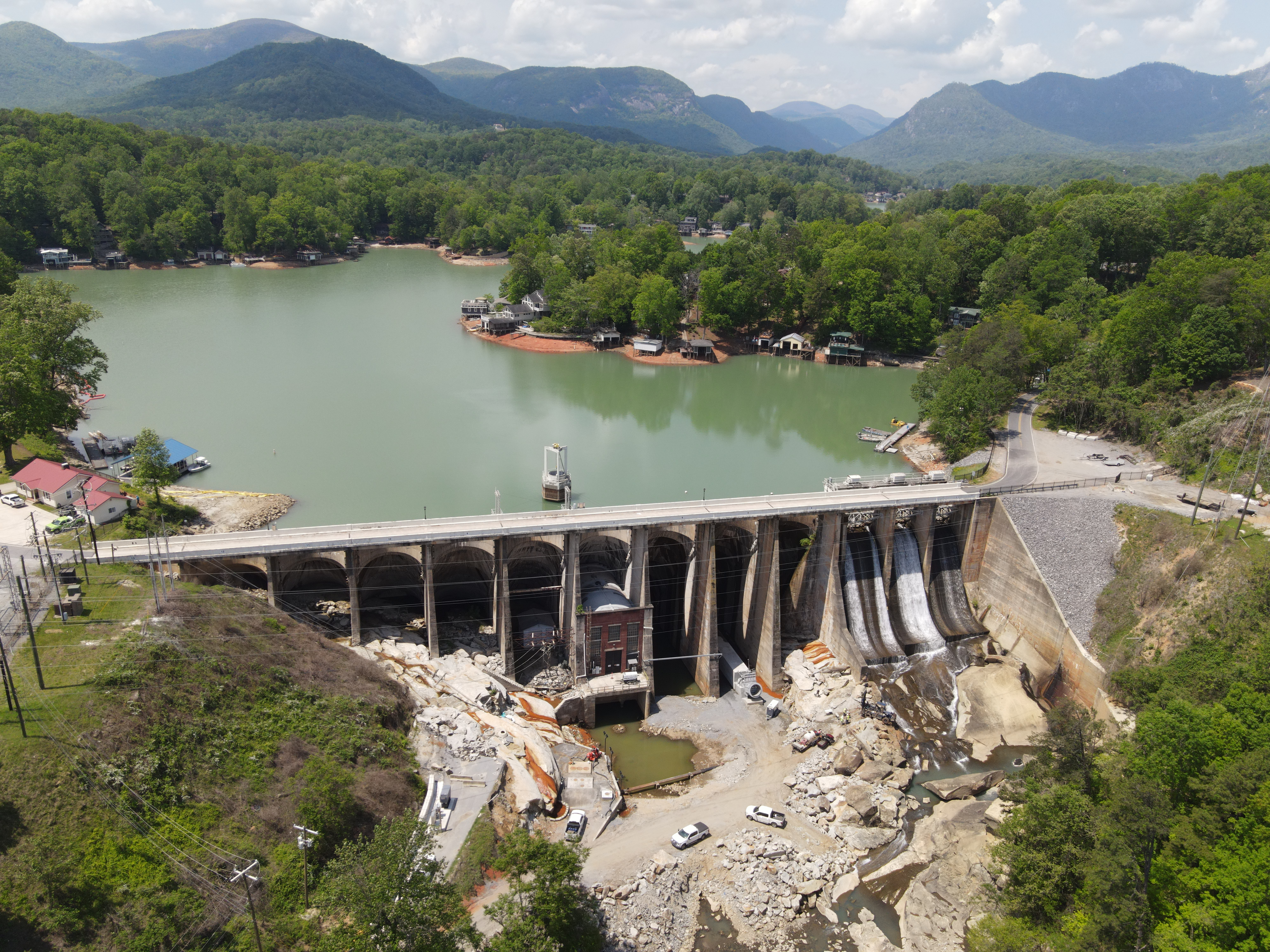
With the LLO project just a few weeks away from completion, Hurricane Helene made landfall in the southeast United States, dropping about 22 inches of rainfall over four days. As lake levels continued to rise and overtopping of the arches was imminent, the Town quickly activated its emergency action plan. Representatives went door to door to notify and evacuate residents as cell phone communication and power were lost. The Town cleared a path through roads littered with downed trees and powerlines, making way for outside vehicular assistance and evacuation of its residents. The Town worked around the clock through the storm to remove boats and other debris away from its spillway, preserving gate functionality. Thanks to the Town’s efforts, there were no reported deaths immediately downstream of the dam and the dam survived, although with substantial impacts.
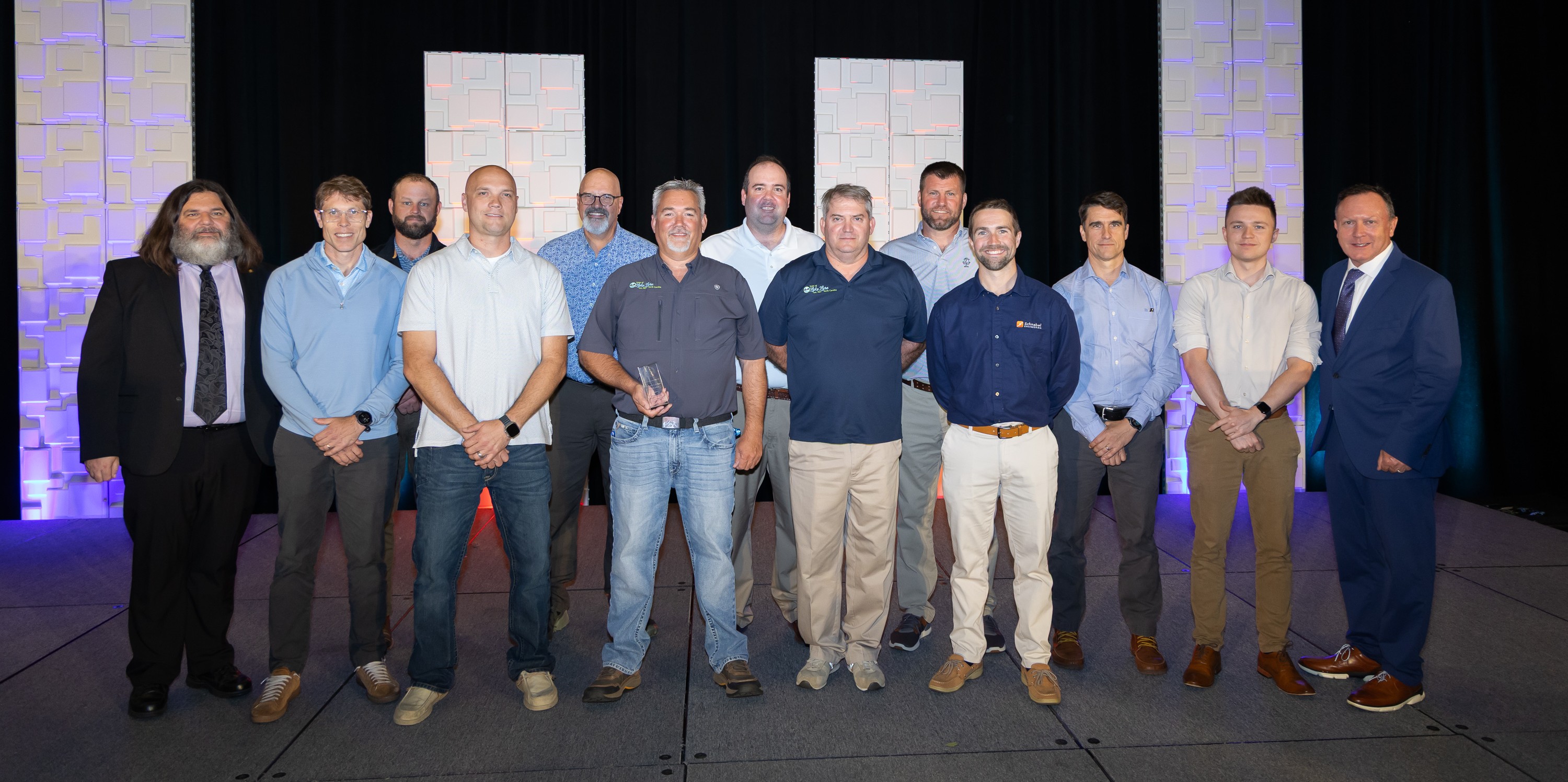 Through close collaboration between the Town, North Carolina Dam Safety, Schnabel Engineering, and Morgan Corp., inspections and design for emergency dam repairs commenced immediately. Construction on the emergency repairs started within 4 days and was completed less than a month after the hurricane. The system was successfully commissioned on March 27, 2025.
Through close collaboration between the Town, North Carolina Dam Safety, Schnabel Engineering, and Morgan Corp., inspections and design for emergency dam repairs commenced immediately. Construction on the emergency repairs started within 4 days and was completed less than a month after the hurricane. The system was successfully commissioned on March 27, 2025.
Despite being a small Town with less than 1,400 residents, through the Town’s resourcefulness, it has already secured over $17 million in funding, from state and federal grants, towards a replacement dam.
First Photo: Lake Lure Dam
Second Photo: Southeast Regional Representatives, and representatives from The Town of Lake Lure, Schnabel Engineering, and Morgan Corp.
Midwest
Hinckley Lake Dam Rehabilitation Team
Cleveland, Ohio
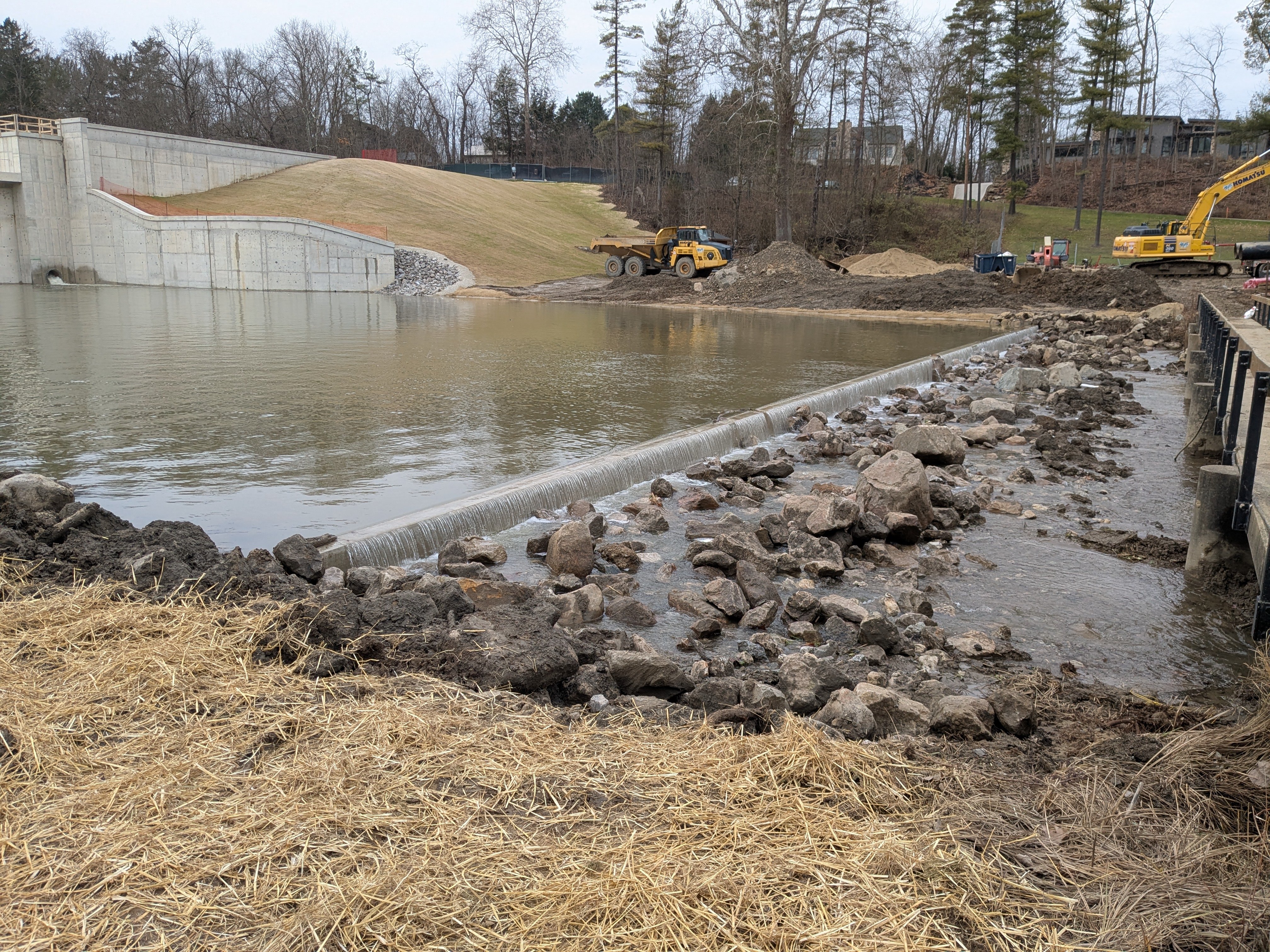 Hinckley Lake Dam, located within the scenic Hinckley Reservation in Medina County, Ohio, is owned and operated by Cleveland Metroparks. Originally constructed in 1928 by damming the East Branch of the Rocky River, the 110-acre lake and dam have provided recreational opportunities and flood mitigation for nearly a century. Classified as a Class I, High Hazard structure, the dam required significant upgrades to meet modern dam safety standards. In its original configuration, the dam lacked sufficient capacity to safely convey the Probable Maximum Flood (PMF) without overtopping and the existing spillway did not meet current sliding resistance criteria.
Hinckley Lake Dam, located within the scenic Hinckley Reservation in Medina County, Ohio, is owned and operated by Cleveland Metroparks. Originally constructed in 1928 by damming the East Branch of the Rocky River, the 110-acre lake and dam have provided recreational opportunities and flood mitigation for nearly a century. Classified as a Class I, High Hazard structure, the dam required significant upgrades to meet modern dam safety standards. In its original configuration, the dam lacked sufficient capacity to safely convey the Probable Maximum Flood (PMF) without overtopping and the existing spillway did not meet current sliding resistance criteria.
To address these deficiencies while preserving the iconic waterfall feature, Cleveland Metroparks engaged Michael Baker International to develop a comprehensive rehabilitation design. The project included major improvements to the spillway, embankment, and lake drain. The existing spillway was retrofitted with additional concrete mass to meet modern stability requirements, and the upper weir was reconstructed to replicate the historic appearance and maintain the waterfall visual effect. The embankment was raised on the downstream side to 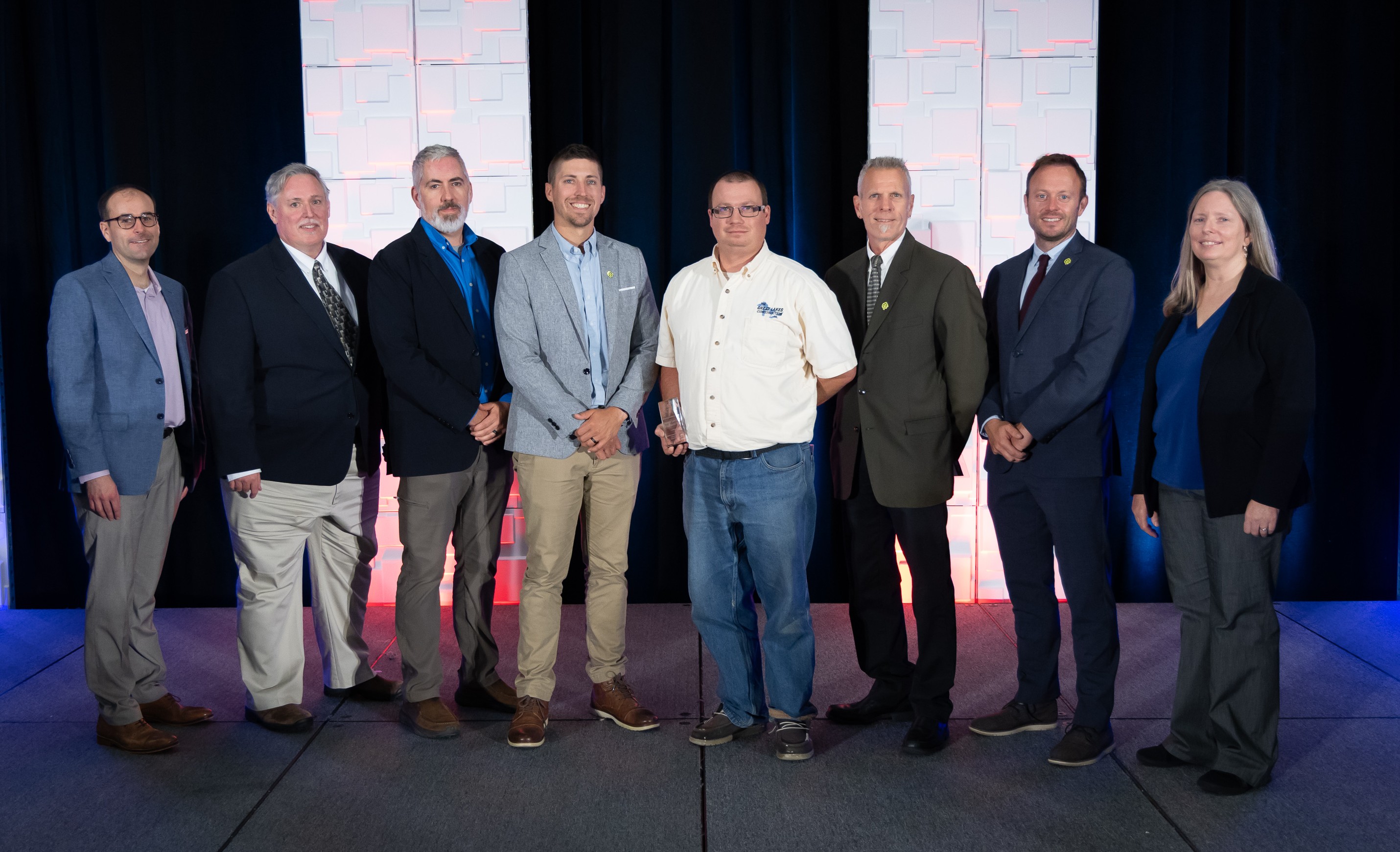 provide additional flood storage, with enhancements including chimney and toe drains, slope flattening, and upstream slope armoring. A new lake drain control tower was constructed in-line with the spillway and features a stop log system and two sluice gates, allowing improved control over lake levels.
provide additional flood storage, with enhancements including chimney and toe drains, slope flattening, and upstream slope armoring. A new lake drain control tower was constructed in-line with the spillway and features a stop log system and two sluice gates, allowing improved control over lake levels.
Construction was led by The Great Lakes Construction Company, based in Hinckley, Ohio, beginning in late 2023. Major dam construction was completed in 2024, with additional dredging operations underway in 2025 to restore lake capacity by removing accumulated silt. These improvements bring the dam into full compliance with current engineering standards and Ohio’s dam safety laws, ensuring continued recreational use, enhanced flood resilience, and long-term structural integrity. This project exemplifies engineering excellence, environmental stewardship, and thoughtful preservation of a community landmark.
First Photo: Hinckley Lake Dam construction
Second Photo: President Mia Kannik and representatives from Great Lakes Construction Company, Cleveland Metroparks, and Michael Baker International
West
Chimney Hollow Reservoir Project
Larimer County, Colorado
 The Chimney Hollow Reservoir Project, led by Northern Colorado Water Conservancy District (Northern Water) and its Municipal Subdistrict, marks a significant advancement in dam safety within the region. It aims to stabilize water supplies for 11 nearby cities and a power authority by constructing the new Chimney Hollow Reservoir and connecting it with the existing Colorado Big Thompson (C-BT) transmountain diversion project.
The Chimney Hollow Reservoir Project, led by Northern Colorado Water Conservancy District (Northern Water) and its Municipal Subdistrict, marks a significant advancement in dam safety within the region. It aims to stabilize water supplies for 11 nearby cities and a power authority by constructing the new Chimney Hollow Reservoir and connecting it with the existing Colorado Big Thompson (C-BT) transmountain diversion project.
The project includes the construction of a main dam, which is a hydraulic asphalt-core rockfill structure standing approximately 355 feet tall. It is the tallest embankment dam in Colorado and the tallest new dam in Colorado in over fifty years. Additionally, a 41-foot-high zoned earth clay core-rockfill saddle dam and extensive conveyance systems are part of the project.
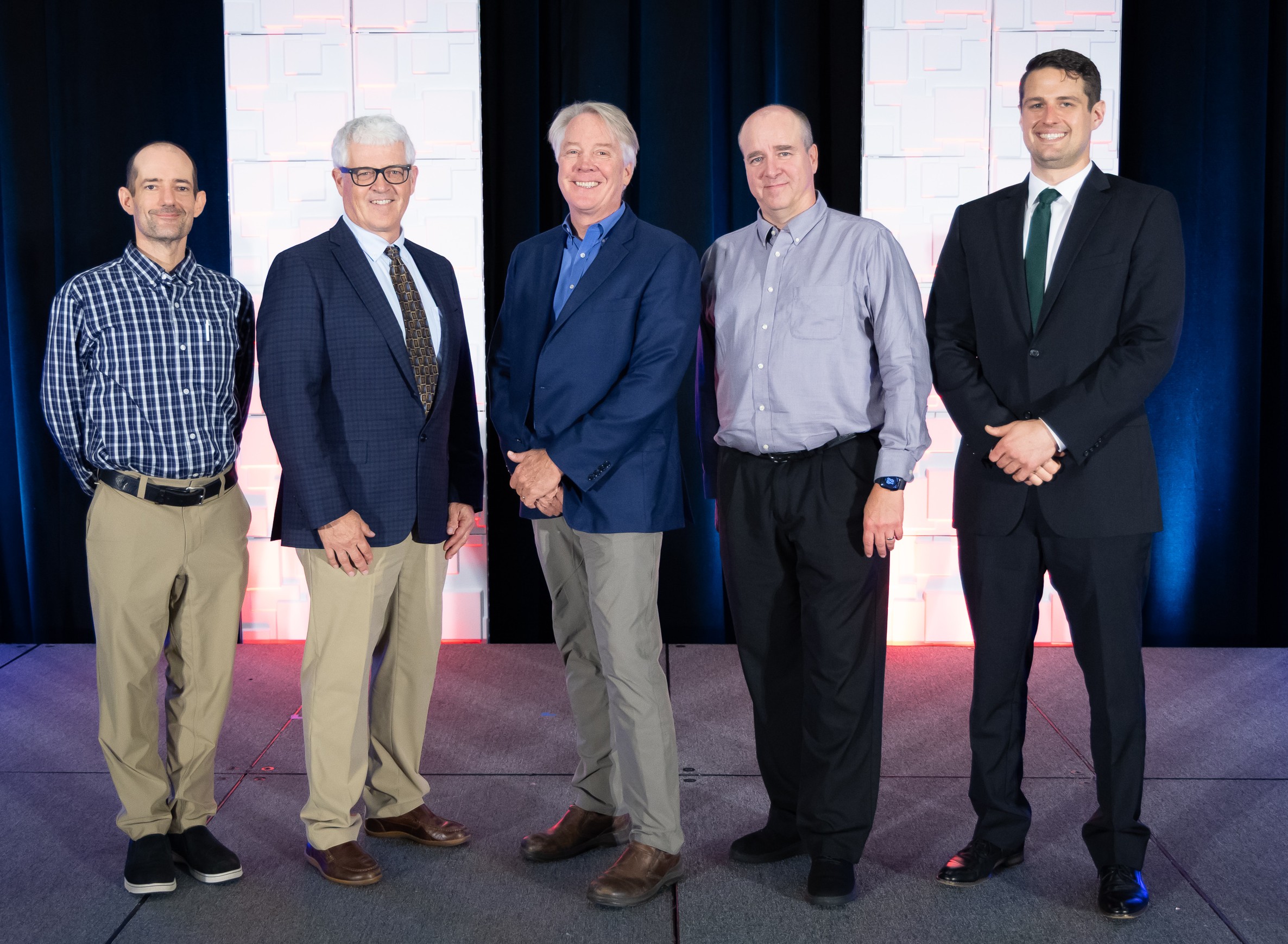 The success of the Chimney Hollow Reservoir Project is deeply rooted in the collaborative efforts between various stakeholders, including Northern Water, Stantec, Barnard, Black & Veatch, and the Dam Safety Branch at the State Engineer’s Office. The project involved comprehensive engineering and design services, starting with alternative analysis through final design and construction phase support.
The success of the Chimney Hollow Reservoir Project is deeply rooted in the collaborative efforts between various stakeholders, including Northern Water, Stantec, Barnard, Black & Veatch, and the Dam Safety Branch at the State Engineer’s Office. The project involved comprehensive engineering and design services, starting with alternative analysis through final design and construction phase support.
Under terms of a contract between the Municipal Subdistrict and the Bureau of Reclamation, water for the new reservoir will be routed through existing Colorado-Big Thompson Project infrastructure through a 72-inch buried pipe to a valve house, incorporating energy dissipation of over 1,000 feet of head. This approach not only reduces costs by using gravity to fill the reservoir but also maximizes the use of existing resources, demonstrating cost-effectiveness and resourcefulness. The spillway design features a box culvert section through much of the chute, allowing small drainages to bypass the spillway via surface channels, which reduces the size and total volume of concrete needed for the spillway while also reducing wear and tear on the spillway chute. Value engineering studies were prepared by Barnard at the initiation of construction, further refining the spillway to allow for more efficient construction using a rolling form system.
The project was reviewed under the National Environmental Policy Act (NEPA), and substantial negotiations resulted in robust mitigation, enhancements, and protection for fish, wildlife, and the environment. Chimney Hollow Reservoir is an off-channel reservoir, designed to minimize impacts to local rivers. Additionally, major environmental mitigation and enhancement efforts were completed in the Colorado River, including the Colorado River Connectivity Channel.
First Photo: Chimney Hollow Reservoir Project
Second Photo: West Regional Representative Ben Wagner, and representatives from Black & Veatch, Stantec, Barnard and Northern Colorado Water Conservancy District
Terry L. Hampton Medal
This Medal was established by the Affiliate Member Advisory Committee, now known as the ASDSO Advisory Committee (AdCom), to recognize Terry L. Hampton's lifetime achievements in the field of hydrology and hydraulics and his contributions to ASDSO and the AdCom. The Medal will be awarded for outstanding contributions to research and/or practice in hydrologic and hydraulic engineering for dams.
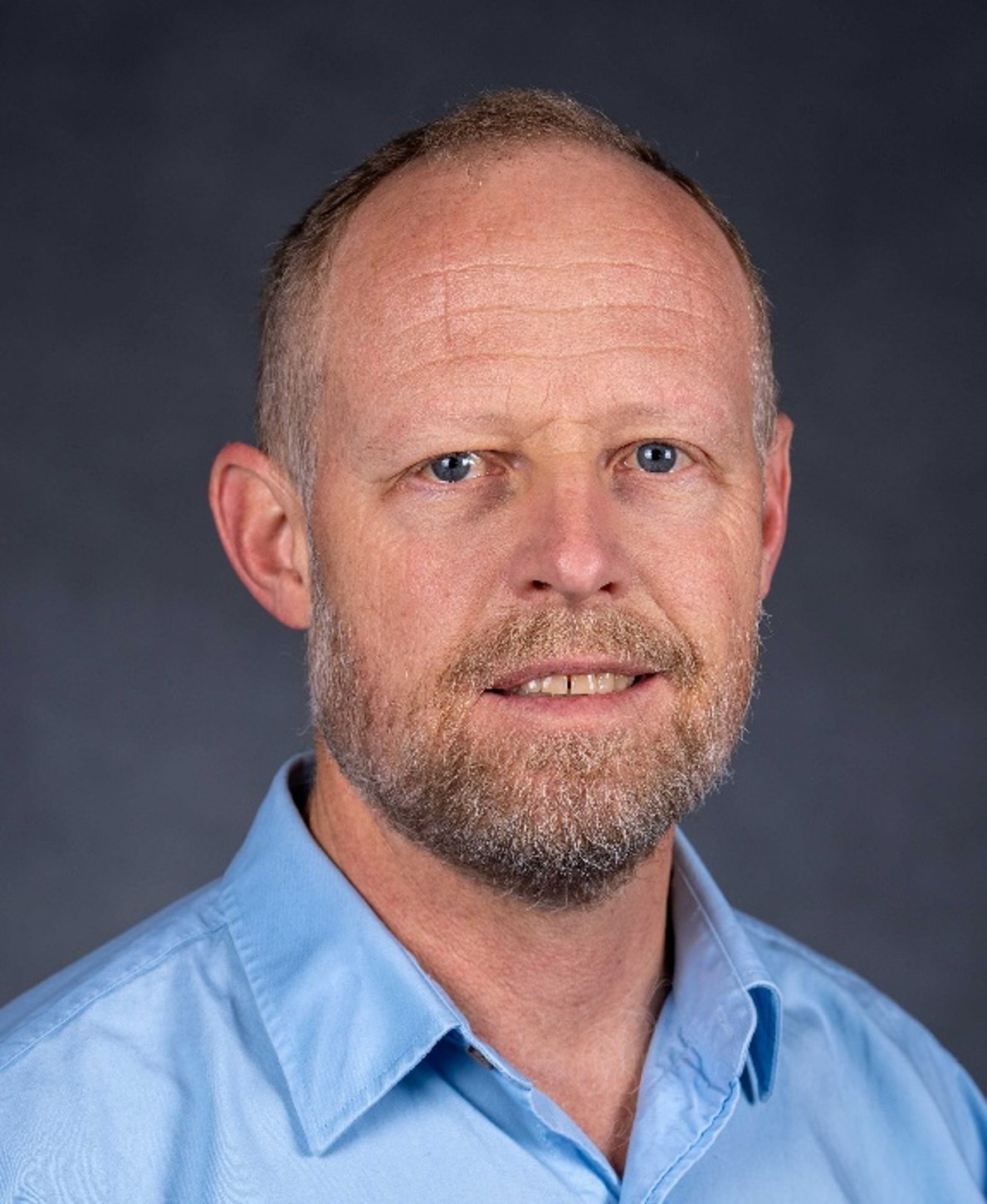 Tony L. Wahl, P.E., BC.WRE
Tony L. Wahl, P.E., BC.WRE
U.S. Bureau of Reclamation, Retired
For over three decades, Tony has made sustained and transformative contributions to the advancement of hydraulic research and practice in dam safety. As a technical specialist with the Bureau of Reclamation, he has led pioneering investigations into embankment erosion, spillway hydraulics, and high-velocity chute performance, significantly advancing our understanding of dam failure mechanisms and mitigation strategies.
Tony’s innovations have bridged the gap between theoretical research and practical engineering. His development of widely adopted tools such as WinFlume, WinGate, WinADV, and SpillwayPro, has empowered dam safety professionals and engineers across the country to make better-informed, safer decisions. His work has improved operational practices, design methodologies, and emergency risk assessments for a wide range of hydraulic structures. Recent work has provided 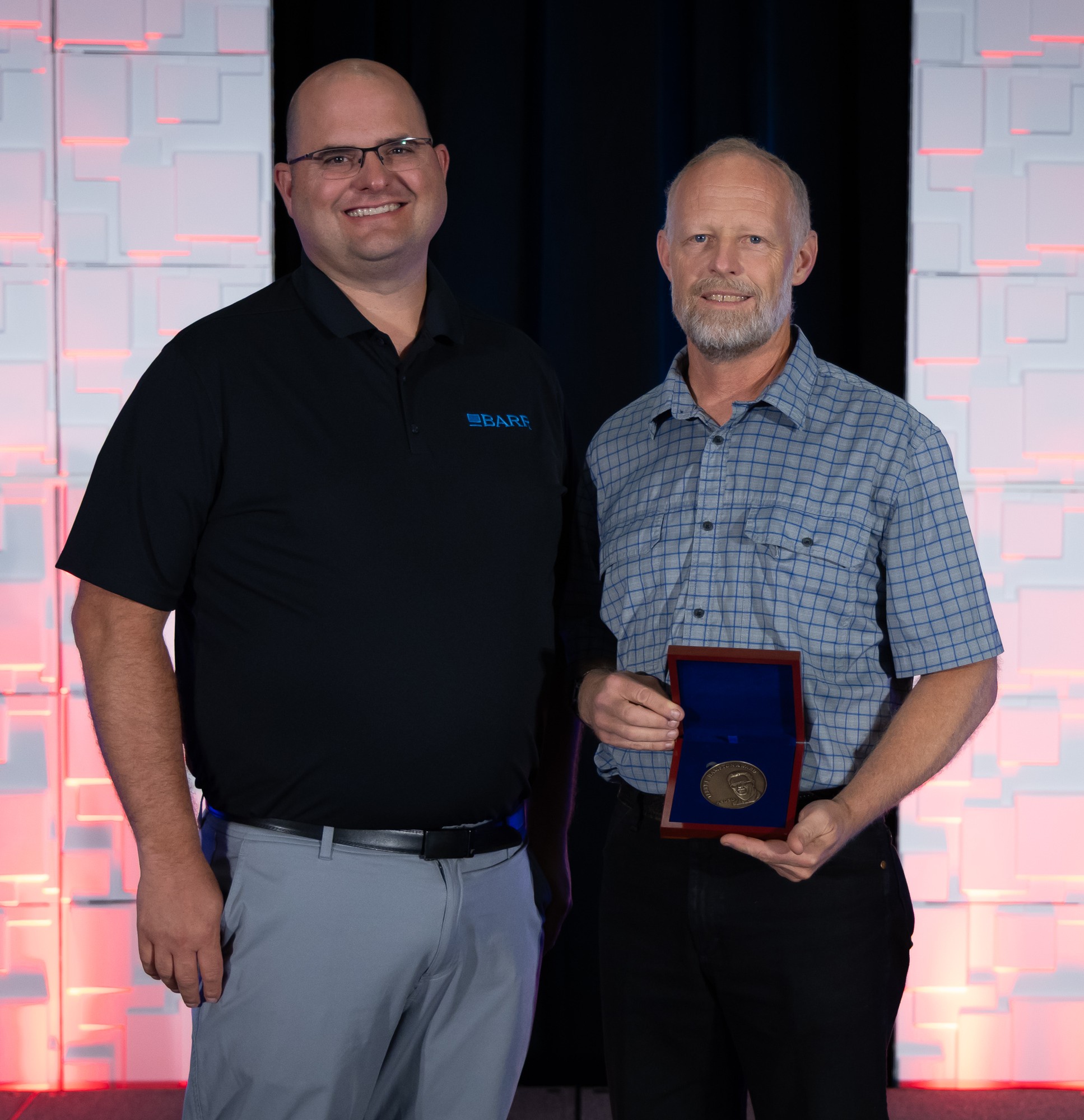 industry with a way to calculate the potential for hydraulic jacking to occur in a spillway or chute. A four-part publication on uplift and flowrate predictions from cracks or offsets provide easy to follow methods that will facilitate hydraulic jacking analysis and dam safety risks into the future.
industry with a way to calculate the potential for hydraulic jacking to occur in a spillway or chute. A four-part publication on uplift and flowrate predictions from cracks or offsets provide easy to follow methods that will facilitate hydraulic jacking analysis and dam safety risks into the future.
Beyond his technical achievements, Tony has embodied the spirit of collaboration, education, and public service. He has authored or co-authored over 70 peer-reviewed publications, served in leadership roles on national technical committees, and provided countless hours of mentorship and instruction to colleagues and emerging professionals. His efforts have left a legacy not only in
his research, but in the generations of engineers he has guided and inspired.
First Photo: Tony Wahl
Second Photo (From Left): Bryan Heiner and Tony Wahl
Young Professional of the Year
The Young Professional Award recognizes members 35 years of age and under working in the dam safety field who have made outstanding contributions to the Association, their respective organization, or the dam safety industry. Representatives from the Young Professional Interest Group review award nominations, and the ASDSO Board of Directors approves the recipient.
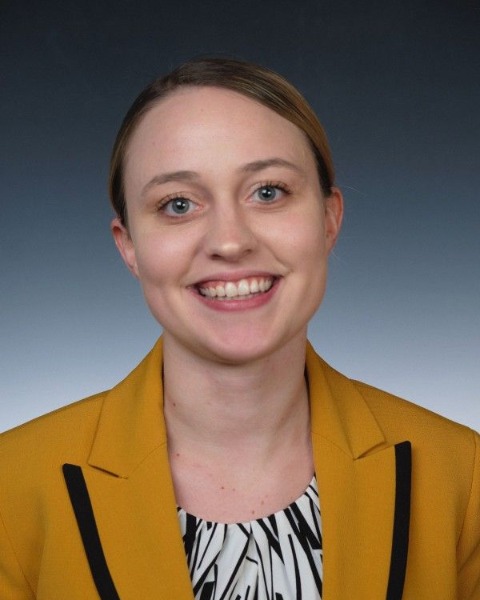 Natalie Orbesen, P.E., CFM
Natalie Orbesen, P.E., CFM
Dam Safety Program Manager
Engineering and Planning Division, Oklahoma Water Resource Board
Natalie began her career at the Oklahoma Water Resources Board (OWRB) in 2020, shortly after earning a Bachelor of Science in environmental resources engineering from the State University of New York, College of Environmental Science and Forestry. Entering the workforce during the height of the global pandemic, she quickly adapted to remote work and the unique challenges that came with it.
As a new staff dam safety engineer, Natalie conducted inspections on low hazard potential dams, wrote inspection reports, reviewed high hazard potential dam inspections, and evaluated emergency action plans (EAPs), all while learning the complex regulatory and technical framework of dam safety. She quickly began to improve OWRB processes by implementing virtual signature workflows for EAPs, which was an innovative solution at a time when in-person meetings with emergency management officials were difficult or impossible.
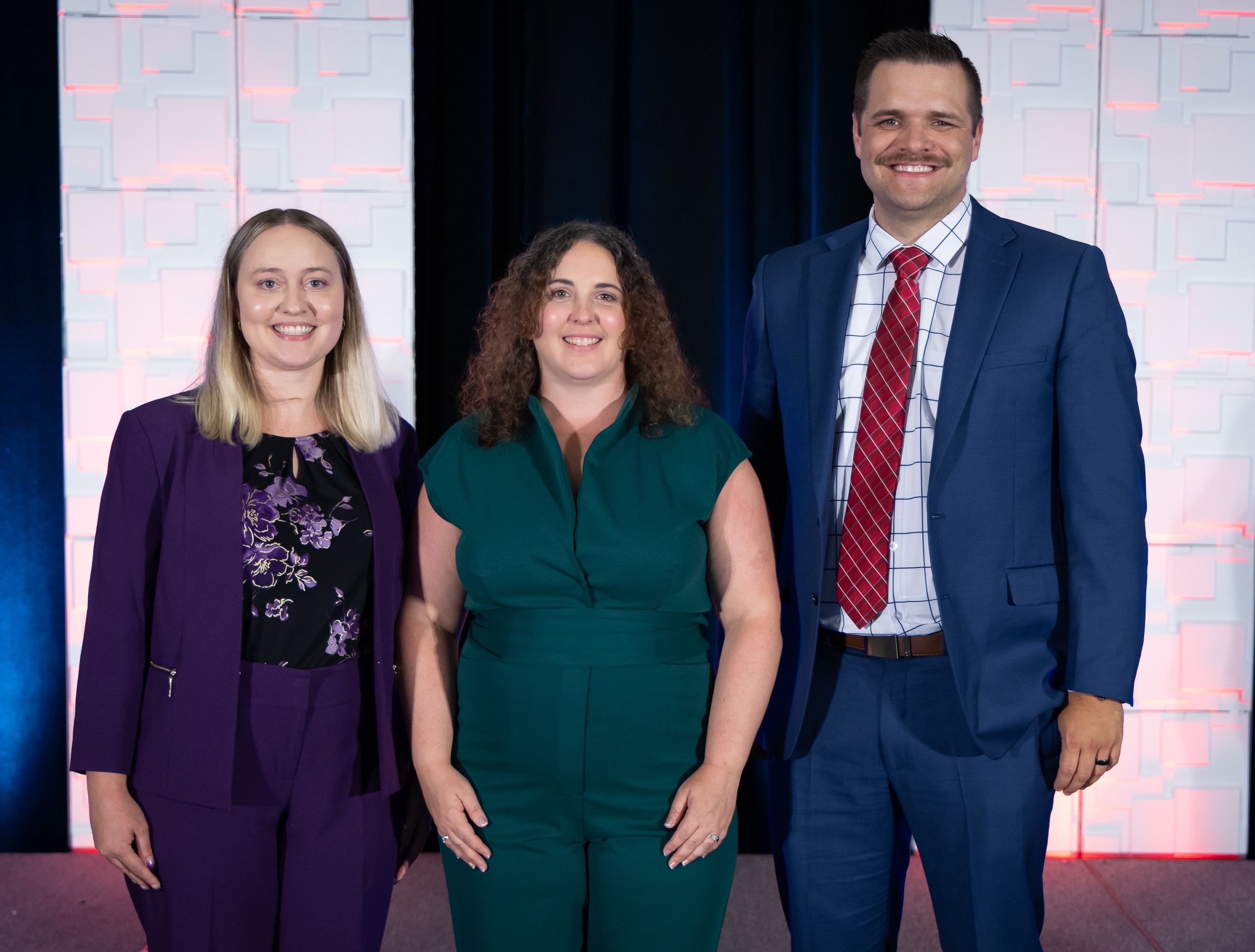 Natalie became deeply involved in the administration of FEMA's Rehabilitation of High Hazard Potential Dams (HHPD) grant program, helping to prioritize applicants and develop guidance documents. During her involvement, the program has brought nearly $8 million in federal funding to Oklahoma's dam safety efforts. In addition, when the OWRB was awarded American Rescue Plan Act funding, Natalie played a key role in developing a priority ranking system and program documentation that resulted in $11 million in rehabilitation funding, providing $1 million each to 10 high hazard potential dams across the state.
Natalie became deeply involved in the administration of FEMA's Rehabilitation of High Hazard Potential Dams (HHPD) grant program, helping to prioritize applicants and develop guidance documents. During her involvement, the program has brought nearly $8 million in federal funding to Oklahoma's dam safety efforts. In addition, when the OWRB was awarded American Rescue Plan Act funding, Natalie played a key role in developing a priority ranking system and program documentation that resulted in $11 million in rehabilitation funding, providing $1 million each to 10 high hazard potential dams across the state.
She has presented at multiple professional venues, including the Association of State Dam Safety Officials national conference, the National Dam Safety Program Technical Seminar (NDSP-TS), and regional conferences. In 2022, she joined the planning committee for the NDSP-TS, and she was selected to chair the 2025 seminar.
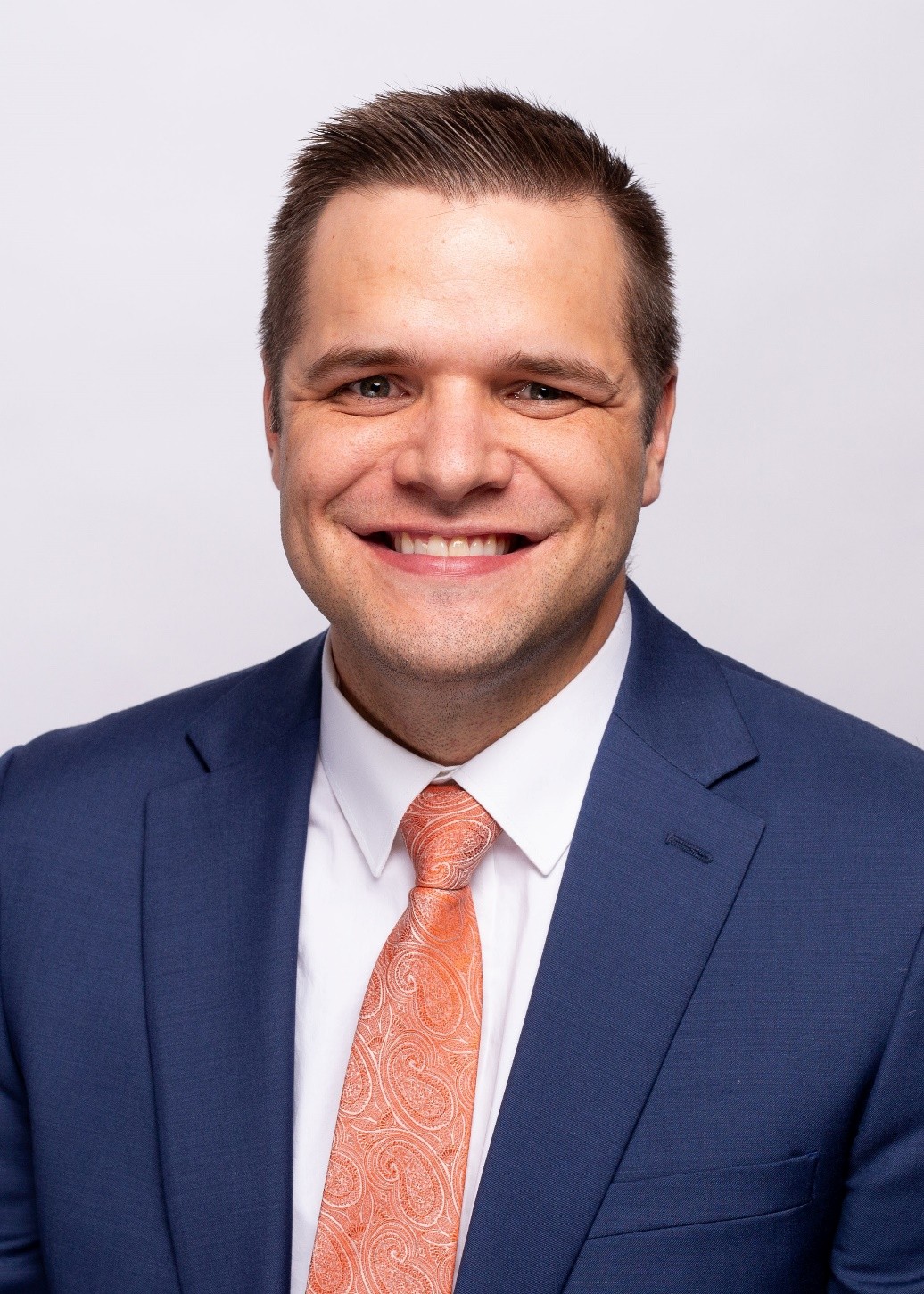 Seth Thompson, P.E.
Seth Thompson, P.E.
Project Manager, Dams & Hydraulics
GFT Infrastructure (Formerly Gannett Fleming)
Seth is currently a project manager and licensed professional engineer for GFT. In this role, he has made significant contributions to the rehabilitation of 30+ dams across the country and has meaningfully impacted the industry.
For example, he was responsible for developing guidance documents for the state of New Mexico's Dam Safety Bureau. Based on a major research and analysis effort, Seth developed hydrologic analysis guidance specific to New Mexico state-regulated dams. He also prepared calculation templates to assist dam owners in efficiently updating hydrologic studies. Another example is his work with Montana DNRC to develop best practices in modeling communication. The result of this project is a series of fact sheets that guide communication between a dam owner, consultant, and regulators throughout the modeling process. These fact sheets are being used by Montana DNRC and were recently uploaded to ASDSO's Dam Safety Toolbox as a resource for dam professionals nationwide.
Seth's initial exposure to dams was as a student at Utah State University where he had the opportunity to work at the Utah Water Research Lab (UWRL). His thesis research focused on improving understanding of hydraulic performance and design methods for arced labyrinth weirs. As a professional, he has continued to further the industry's knowledge of arced labyrinth weirs by applying his research in the real world. Most recently, he was lead designer for an arced labyrinth weir at Aqua Pennsylvania's Springton Dam.
He currently serves on ASDSO's Dam Failure and Incidents Committee and is co-chair of the DamFailures.org subcommittee. Since 2019, Seth has led or contributed to more than 10 technical presentations at ASDSO annual and regional conferences. He also recently served on the planning committee for ASDSO's 2025 West Regional Conference.
First Photo: Natalie Orbesen
Second Photo: Natalie Orbesen, Young Professionals Interest Group Chair Nicole Chiles, and Seth Thompson
Third Photo: Seth Thompson
Media Outreach Award
ASDSO established this award in 2017 to recognize media outlets and journalists whose work on dam safety issues has enhanced the public understanding of the impact dams have on society, the role they play as key components of public infrastructure, ramifications of dam safety incidents, or other noteworthy contributions to dam safety.
Kendra Pierre-Louis & Leslie Kaufman
American Dams Weren’t Built for Today’s Climate-Charged Rain and Floods (Bloomberg)
Not every reporter is able to accurately capture the details of an interview, especially with a nuanced topic like dam engineering and safety. Reporters Kendra Pierre-Louis & Leslie Kaufman did an outstanding job of gathering information, using reliable sources, and writing a technically accurate story. They accurately covered many facets of dam safety including the number of dams, the meaning of high-hazard potential, funding challenges, and the impact of hazard creep. Because the article was written after Hurricane Helene, the article also included information on Probable Maximum Precipitation (PMP) and the impact of climate change on dams. For the article, Kendra and Leslie aimed to understand a recently published study from the National Academies of Sciences, Engineering, and Medicine on PMP, and they successfully interviewed relevant subject matter experts.
Liam Niemeyer
Dozens of dams in Kentucky are in poor shape or worse. They won’t be cheap to fix. (Kentucky Lantern)
Liam Niemeyer’s article is a deep dive into dam safety in Kentucky, and funding and enforcement challenges that are resulting in dozens of high-hazard potential dams in poor or unsatisfactory conditions. Liam was able to accurately convey the factors contributing to delayed rehabilitation work, including lack of loan and grant programs, non-cooperative or unidentified owners, and the length of time needed to settle disputes in court. Liam’s article includes many perspectives, including a mayor concerned about a deteriorating dam in his town and state officials who are tasked with enforcement. His article serves as a case study on dam safety reporting at the state level.
Joseph J. Ellam Presidents Award
This award is named in honor of ASDSO's first president, Joe Ellam of Pennsylvania. It is given annually by the current president to an individual who has made a significant impact during their term.
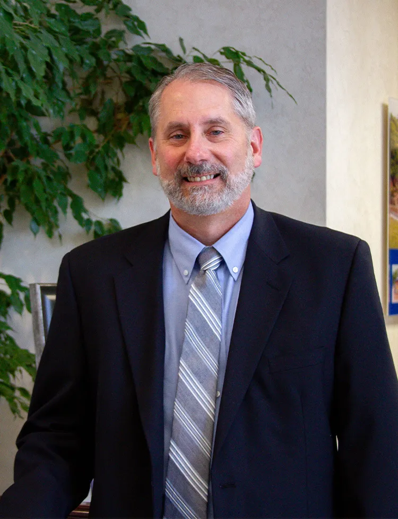 John Ritchey, P.E.
John Ritchey, P.E.
ASDSO Conference Program Committee Co-Chair
John Ritchey is recognized for his leadership and unwavering commitment as chair of the Annual Conference Program Committee. Since taking on the role in 2005, John has consistently delivered high-quality conference programs, skillfully overcoming significant challenges—including hurricanes and a global pandemic—to ensure the continued success of the Dam Safety conference. His efforts have been vital to advancing the mission of ASDSO.
John currently serves as a project consultant with French and Parrello Associates, a position he assumed in April 2019 after a distinguished 34-year career with the New Jersey Department of Environmental Protection (NJDEP). During his tenure at NJDEP, he held key roles in the Division of Dam Safety and Flood Control, including supervising engineer and bureau chief. He was directly 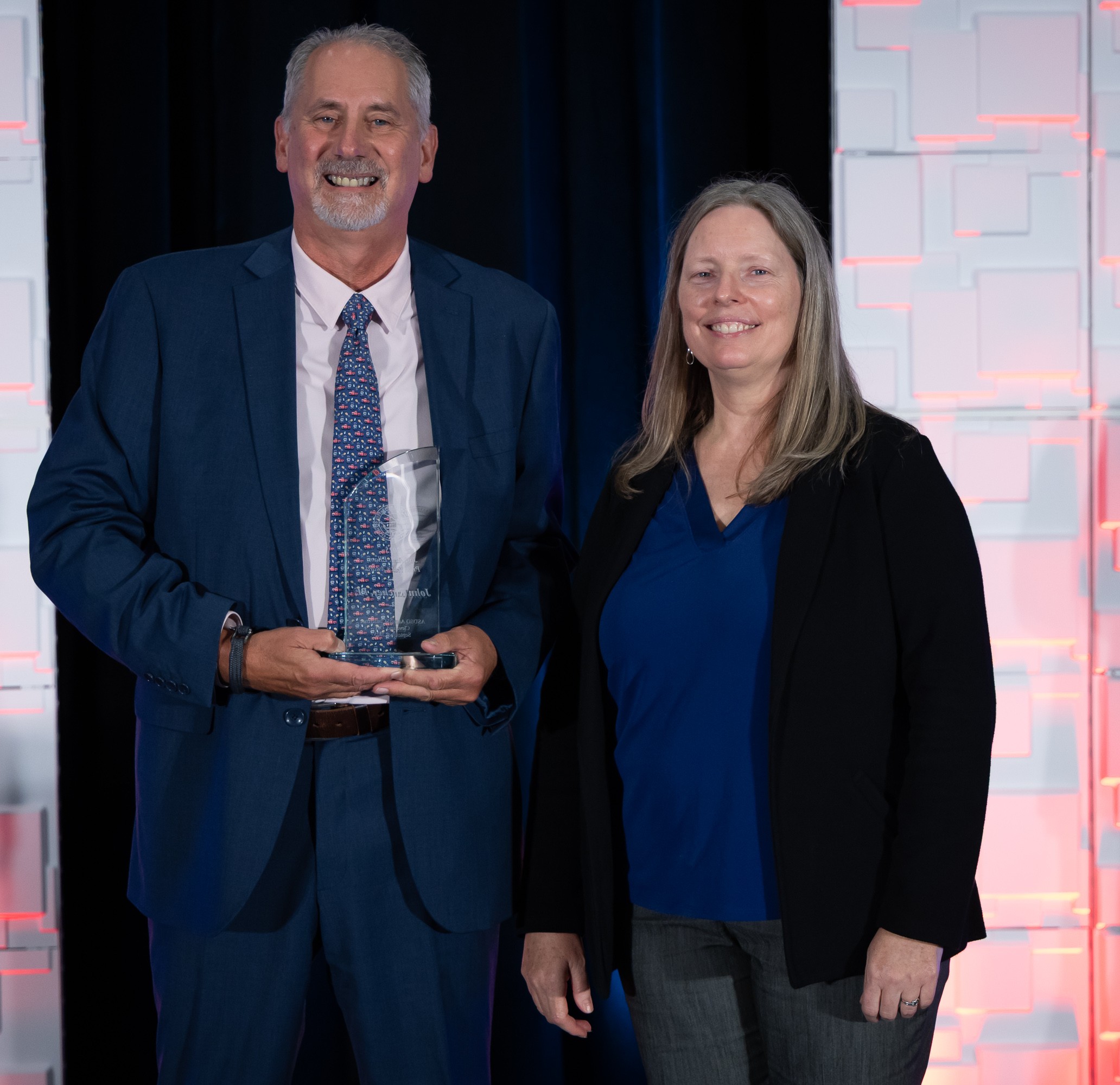 involved in more than 300 dam restoration projects, over 1,000 dam inspections and led major flood control initiatives in partnership with the U.S. Army Corps of Engineers. He also spearheaded the development of New Jersey’s $110 million dam restoration loan program and helped shape the state’s dam safety regulations and flood hazard mapping programs.
involved in more than 300 dam restoration projects, over 1,000 dam inspections and led major flood control initiatives in partnership with the U.S. Army Corps of Engineers. He also spearheaded the development of New Jersey’s $110 million dam restoration loan program and helped shape the state’s dam safety regulations and flood hazard mapping programs.
A graduate of West Virginia University with a bachelor’s degree in civil engineering, John is a licensed professional engineer. He remains an active member of ASDSO, including the Advisory Committee. He has also chaired the Cost of Rehab task force, served on the Executive Board for Council of Safe Dams, and was a state representative on the National Dam Safety Program’s Research Workgroup.
Through his career achievements, professional service, and steadfast commitment to dam safety, he exemplifies the values and mission of ASDSO.
First Photo: John Ritchey
Second Photo (From Left): John Ritchey and President Mia Kannik
Student Recognitions
2025-2026 Memorial Undergraduate Scholarship - Learn More
Dam Model Competition - Learn More
Student Paper Competition - Learn More






















